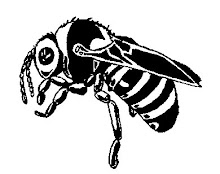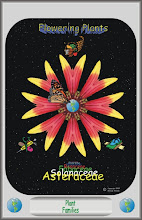




Scaly Blazing Star (Liatris squarrosa)
The native Scaly Blazing Star, a member of the Sunflower (Asteraceas) family, found on prairies, roadsides, fields, from Oklahoma to the east coast, bloom from mid to late summer into fall. This species produces beautiful purple/rose colored flowers that grow along the stem at the leaf axis. The flowers heads .5 inch to an 1.5 inch across are comprised of 50 or less tubular ray florets (small or reduced flowers). There are no ray flowers on this species.
The Scaly Blazing Star grows to three feet tall with narrow linear leaves to six inches long and ¼-inch wide that grow alternately along the stems. The stems are hairy or smooth on this species of Liatris.
This species grows in open areas and in dry, seemingly barren soils. The Scaly Blazing Star is endangered in Maryland and is probably extirpated (exterminated) in Michigan. (USDA-see links)
The Scaly Blazing Star is differentiated from other Blazing Stars (Liatris spp) by their scaly (pineapple like) bracts. Bracts are modified leaves, sometimes mistaken for flower petals, usually found below the flower.
Easily grown in the wildflower garden for their beauty, they attract butterflies and other insects.
Several species of Liatris grown as ornamentals are sometimes found as cut flowers in florist shops. Seeds are available online.
The roots of this species applied as a poultice has been used as a treatment for snakebites.
It is not recommended that these plants be used as medicine or food since they may have bad side effects. Similar species, misidentified, may cause illness or death.
Photo taken at Little River State Park near Norman, Oklahoma






